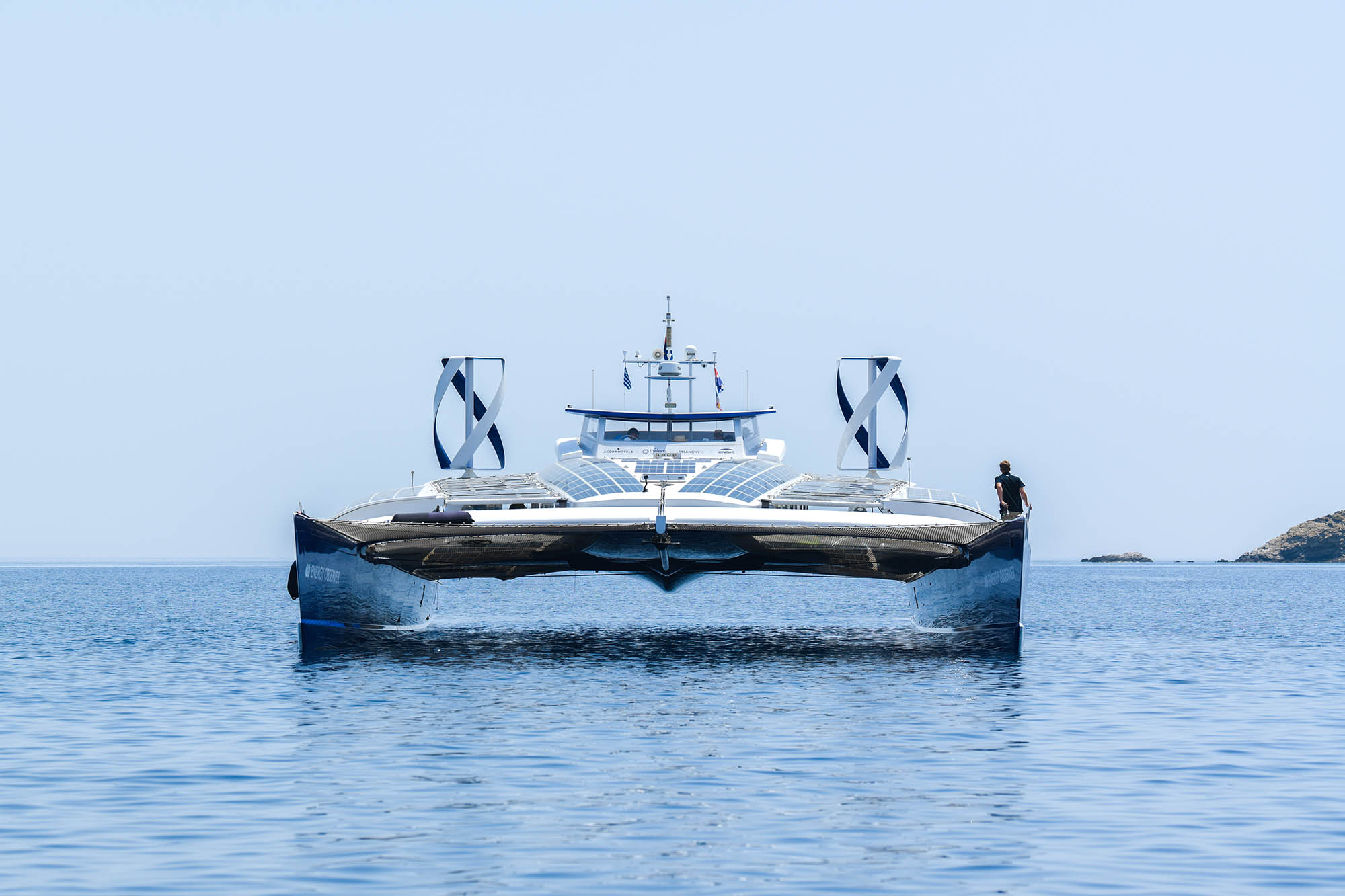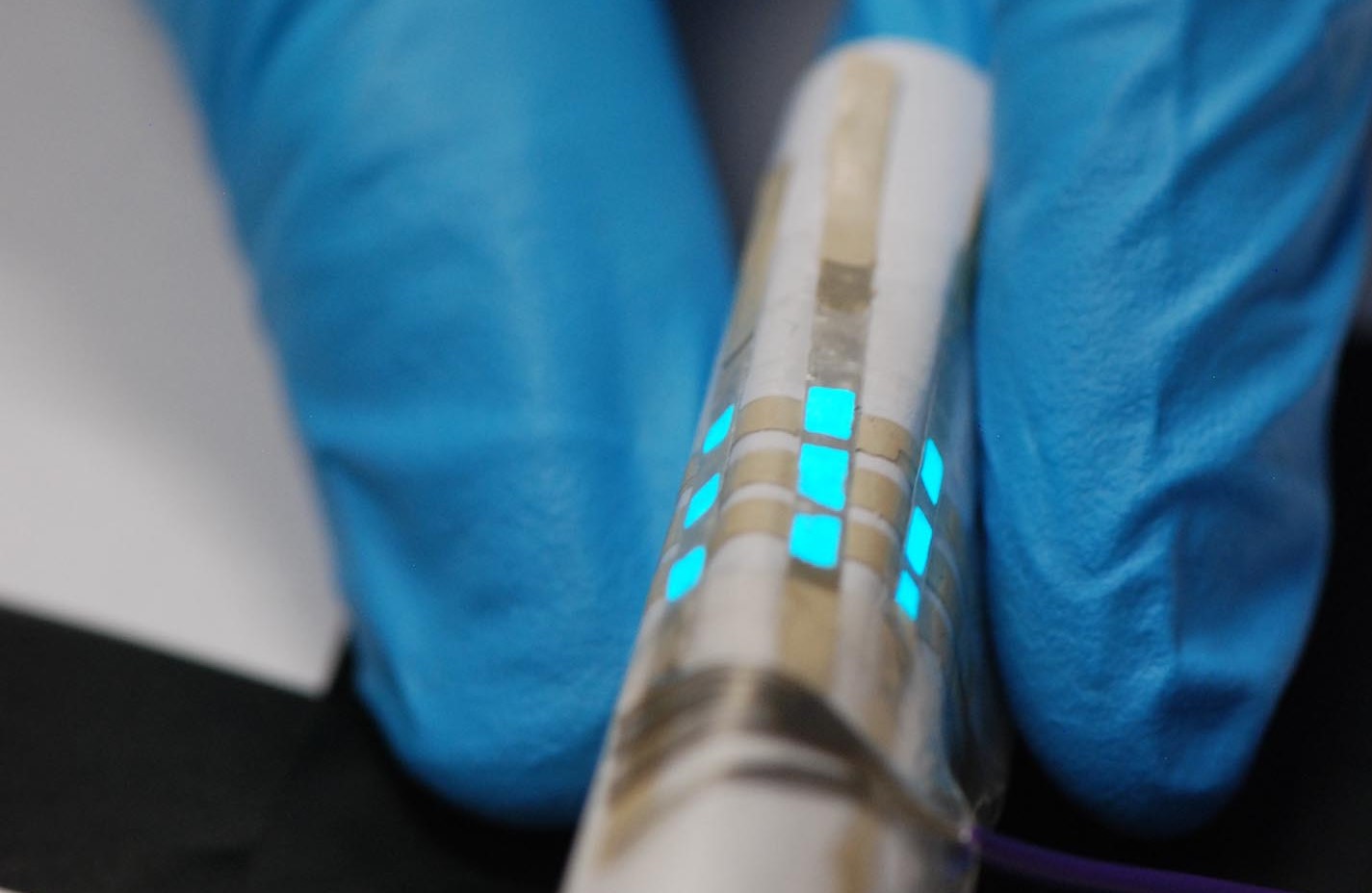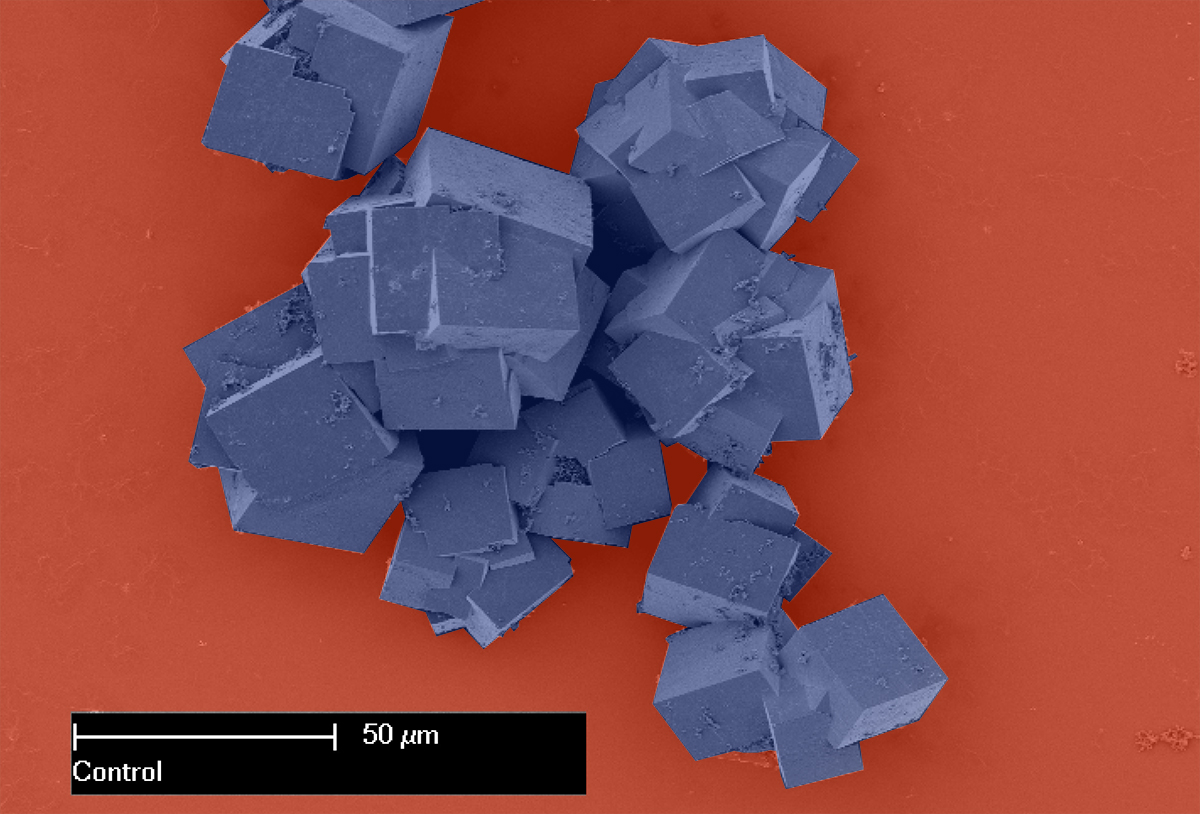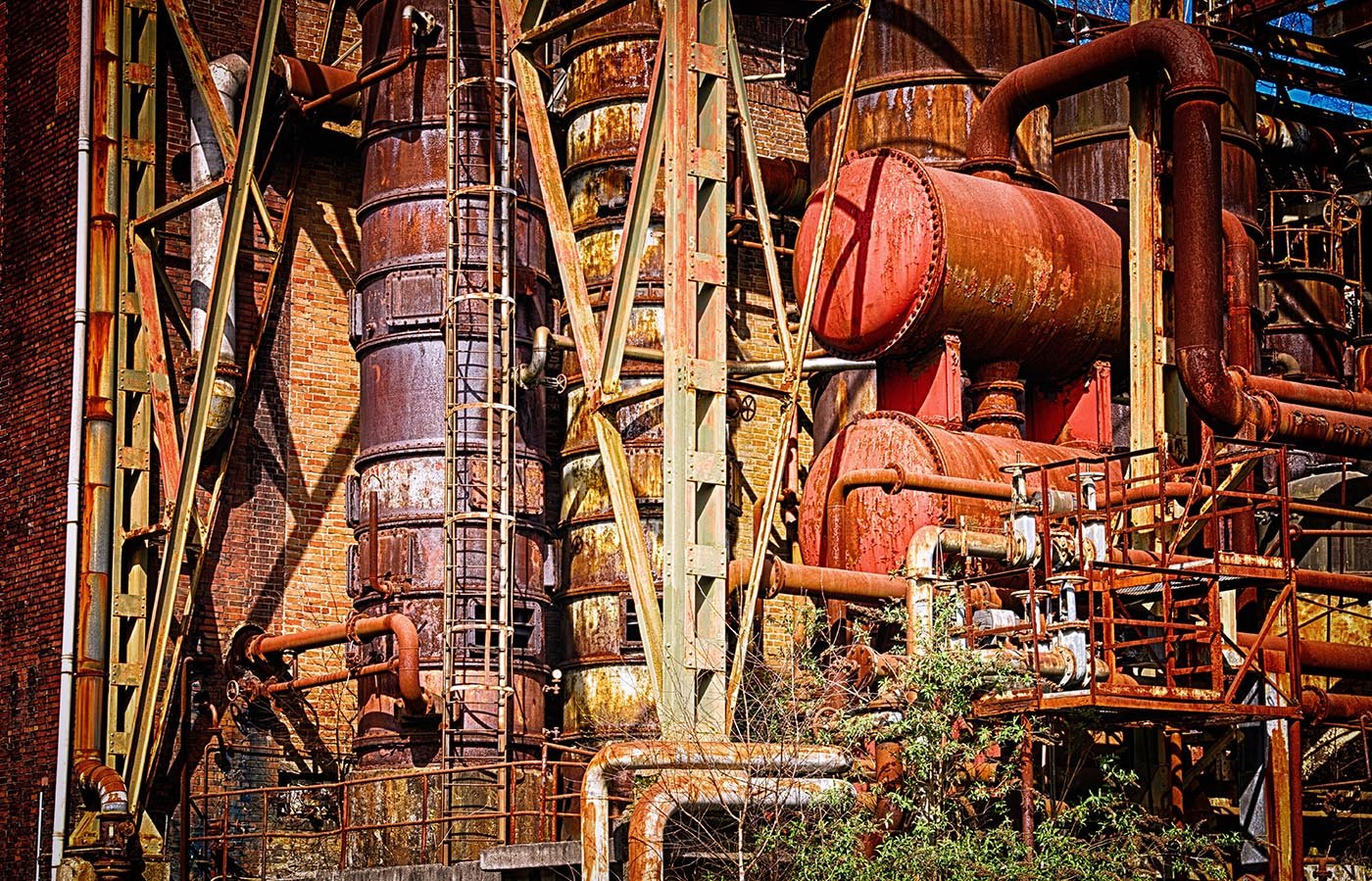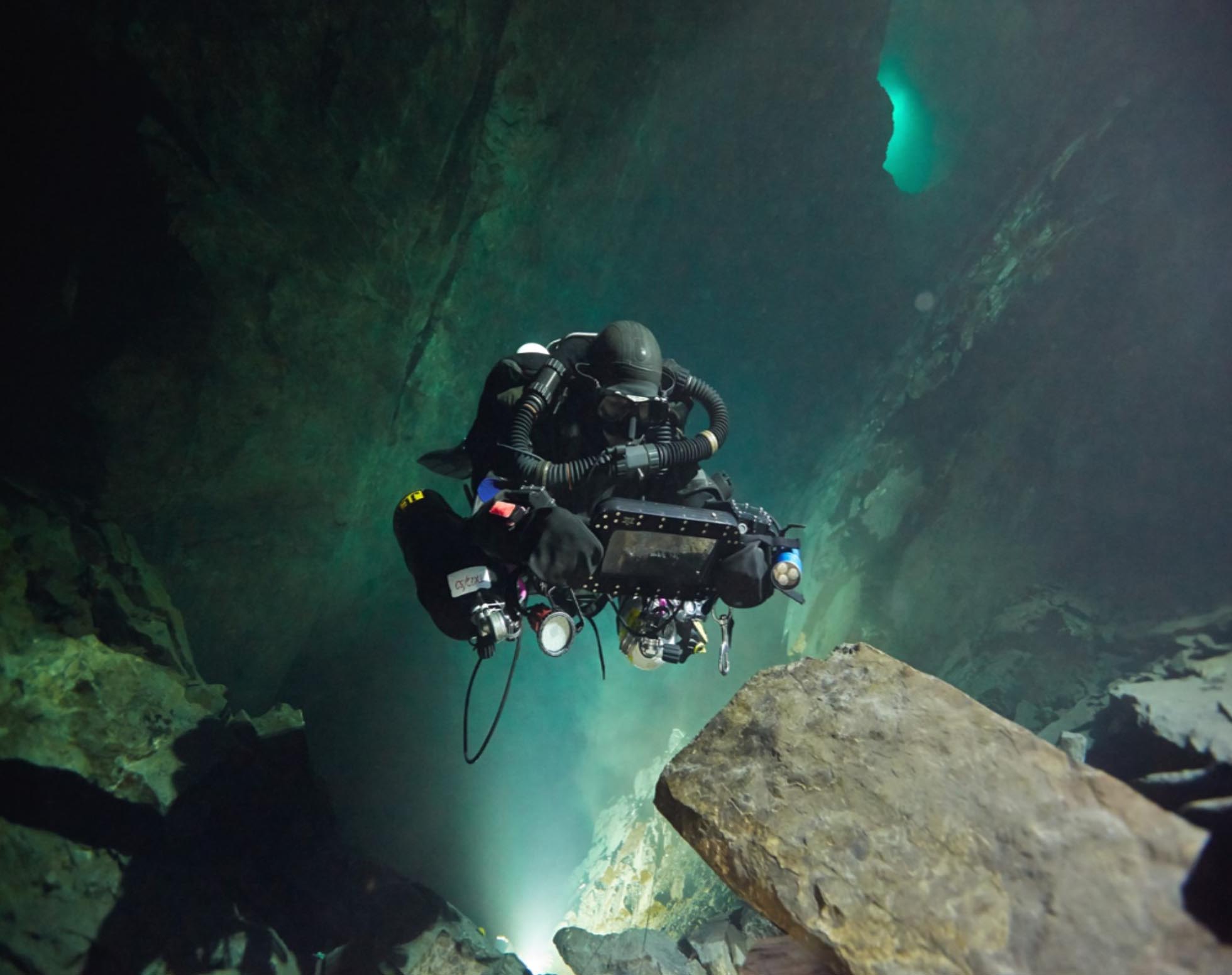Hydrogen-powered boat plots course for the future of ocean travel
The first day that Jérôme Delafosse stepped aboard the Energy Observer, an experimental catamaran run on hydrogen, he knew the plan of sailing around the world on clean energy was a realistic one, he says. Now, the explorer and documentary maker is one year into a six-year odyssey around the globe with his friend Victorien Erussard, an … Read more

